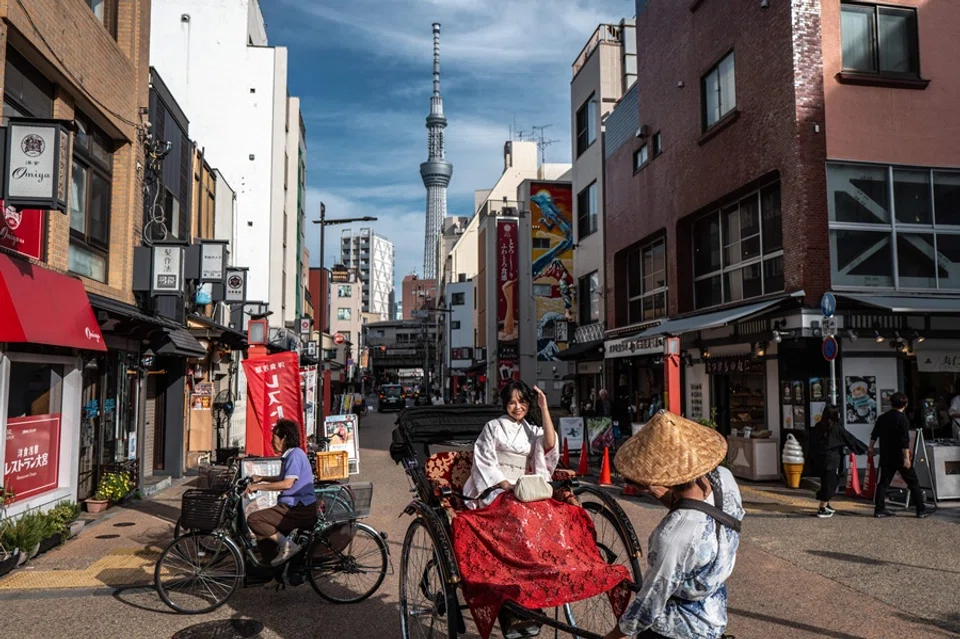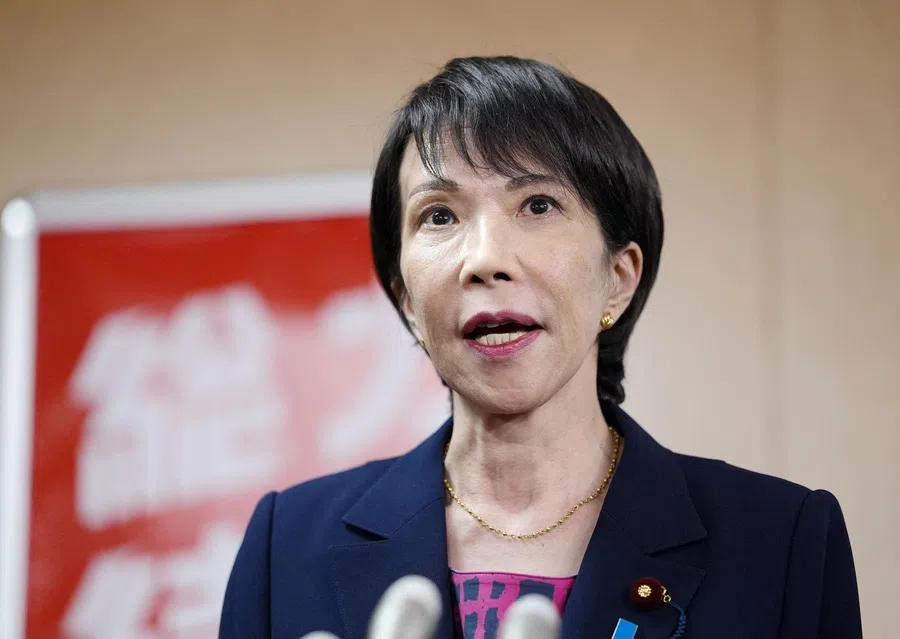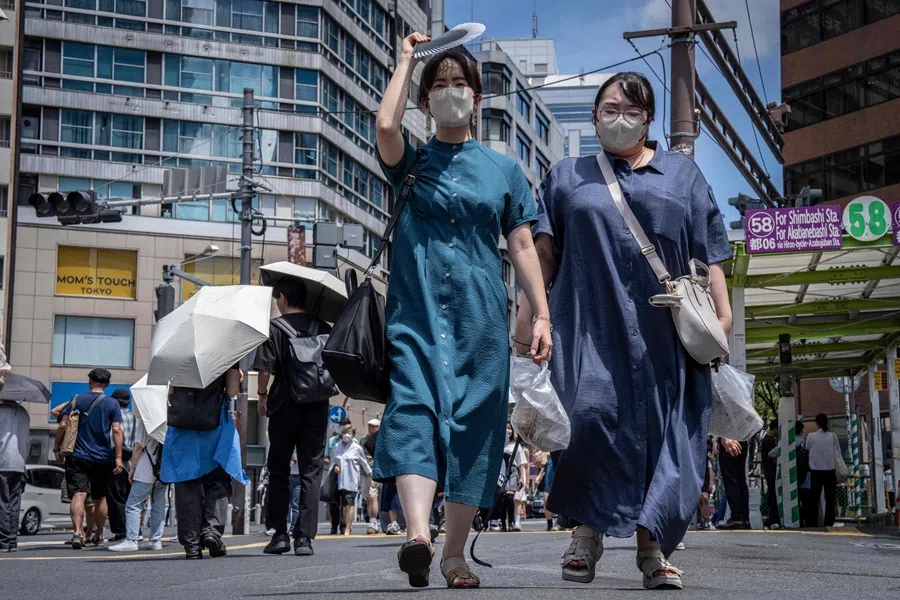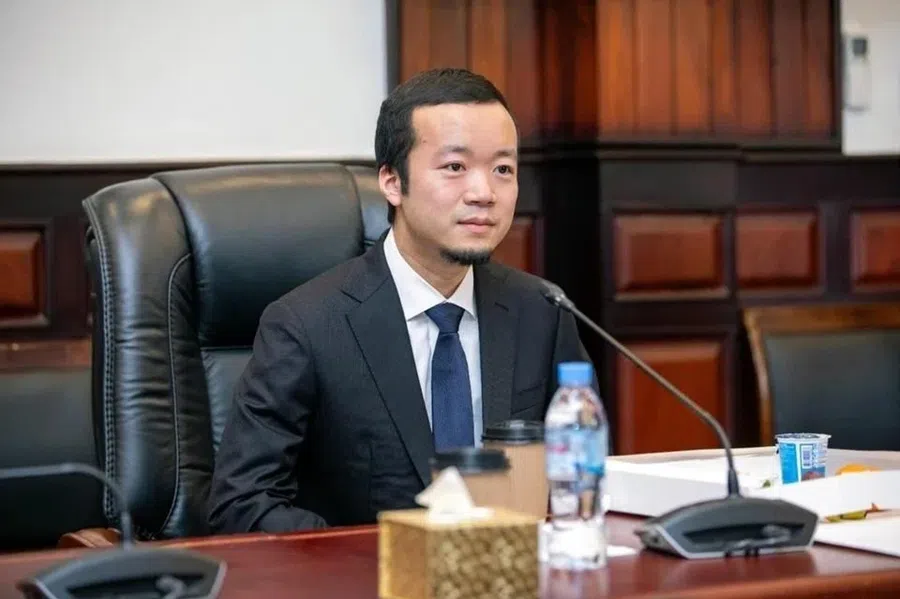Can Abenomics save Japan — or doom its next leader?
Japan’s economy faces mounting challenges as inflation rises and competitiveness declines. Liberal Democratic Party leader Sanae Takaichi is pushing to revive Abenomics policies, but with doubts over her leadership and the plan’s past shortcomings, economic recovery remains uncertain. Academic Zhang Yun examines the issue.

Sanae Takaichi has been elected leader of Japan’s Liberal Democratic Party (LDP) and is poised to become the country’s 104th prime minister, making history as Japan’s first female prime minister. However, with the sudden departure of coalition partner Komeito, Takaichi now faces a more challenging path to securing power.
In a country where there is still a debate over whether women can retain their maiden names after marriage, the emergence of a potential first female prime minister indeed breaks the political glass ceiling. Takaichi has consistently stated that she considers Britain’s first female prime minister, Margaret Thatcher, as her political idol.
Japan’s economic crossroads
Thatcher was in power for over 11 years, and the two share many similarities, such as both coming from ordinary backgrounds rather than political dynasties, and both adhering to conservatism as their political creed. However, the UK has seen two starkly contrasting female prime ministers: Thatcher, as well as the extremely short-lived Liz Truss, who served as prime minister in 2022. Whether Takaichi will be like Thatcher remains to be seen — but the cautionary tale of Truss might be worth heeding.
British media once organised a live broadcast featuring a photo of Truss alongside a lettuce, speculating whether the lettuce would wilt before Truss stepped down; the lettuce outlasted her.
First, whether Takaichi can stay in office depends primarily on her economic policy. Known for her image as a hardline conservative leader within the LDP, attention from observers has largely been focused on historical issues, defence policy and the potential impact of her strong nationalist diplomacy on China-Japan relations. However, the Japanese public is most concerned about the economy and living standards, and there is currently a dearth of attention being paid to the domestic economic dynamics that will affect Takaichi’s sustainability in power. Takaichi not only considers herself a direct successor to Shinzo Abe in terms of political ideology, but she is also a staunch believer in Abenomics in terms of fiscal and economic policy.

Second, the economic situation Takaichi faces in Japan and her policy inclinations bear similarities to the Truss era. Although the Japanese stock market has reached historical highs, inflation is likewise at a historic high, having exceeded the Bank of Japan’s 2% target for three consecutive years. External uncertainties for Japan’s economy include the US imposing a 15% reciprocal tariff on Japan, as well as Japan’s commitment to investing US$550 billion in the US.
A term shorter than a lettuce wilting
When Truss took office, she faced the challenge of tackling high prices and implemented drastic tax cuts and other stimulus measures, which led to exacerbated inflation and the selling off of government bonds, which ultimately resulted in her tenure lasting a mere 44 days. British media once organised a live broadcast featuring a photo of Truss alongside a lettuce, speculating whether the lettuce would wilt before Truss stepped down; the lettuce outlasted her.
As the electric vehicle industry develops, the core of competition in the automotive industry has shifted from engines to software, including artificial intelligence, which has rapidly diminished Japan’s traditional competitive edge.
During her campaign for party leadership, Takaichi advocated for “responsible and active fiscal policy” and was the only candidate to explicitly support issuing deficit bonds. Her policy inclination involves driving economic growth through tax cuts, economic stimulus, increased government bond issuance and government spending. It is effectively revising or even negating the efforts of the Fumio Kishida and Shigeru Ishiba cabinets to reduce fiscal imbalances, and a return to Abenomics. However, since a quarter of Japan’s government financing depends on the issuance of government bonds, the aforesaid policies could contribute to financial instability.
Furthermore, the sustainability of a Takaichi administration also hinges on its ability to reinvigorate economic competitiveness. As the electric vehicle industry develops, the core of competition in the automotive industry has shifted from engines to software, including artificial intelligence, which has rapidly diminished Japan’s traditional competitive edge. The significant devaluation of the yen in recent years is, at its core, a reflection of weakened economic competitiveness.
Abenomics’ ghost: Takaichi’s challenge
During his second term beginning in 2012, Prime Minister Shinzo Abe launched Abenomics, a sweeping economic policy package centred on aggressive monetary easing, fiscal stimulus, and structural reform. This included unprecedented measures by the Bank of Japan (BOJ), such as massive government bond purchases and ultra-low — eventually negative — interest rates. While these policies helped stabilise markets and combat deflation, critics argue that prolonged low interest rates allowed inefficient, uncompetitive businesses to stay afloat, slowing industrial renewal and suppressing Japan’s potential growth.

By March 2024, BOJ signalled a major policy shift by ending its negative interest rate policy — the first rate hike in 17 years — marking a step away from the ultra-loose monetary stance associated with Abenomics. The move was seen by some as a necessary push towards structural reform, though it drew sharp criticism from figures like Takaichi, who publicly called the decision “stupid”.
Though some reforms were introduced, many were limited in scope or delayed, leading critics to argue that the structural reform agenda never fully materialised.
When Abe launched Abenomics, he outlined a “three arrows” strategy to revive Japan’s economy. The first arrow focused on aggressive fiscal stimulus, including a government spending package of around 10.3 trillion yen (approx. US$120 billion). The second arrow called for bold monetary easing, which the BOJ implemented through large-scale asset purchases and ultra-low interest rates. The third arrow targeted structural reforms in areas such as labour markets, agriculture, healthcare and social security.
While the first two arrows were quickly and forcefully deployed, the third arrow advanced more slowly. Though some reforms were introduced, many were limited in scope or delayed, leading critics to argue that the structural reform agenda never fully materialised.
Relying solely on fiscal and monetary policy has resulted in a general lack of tangible improvement in living standards for the public (despite a booming stock market), and has provided negligible help in genuinely strengthening Japan’s economic vitality. If Takaichi continues to rely only on the first two arrows, the risk of a “Truss shock” would persist.
This article was first published in Lianhe Zaobao as “高市早苗是日本撒切尔还是特拉斯”.





